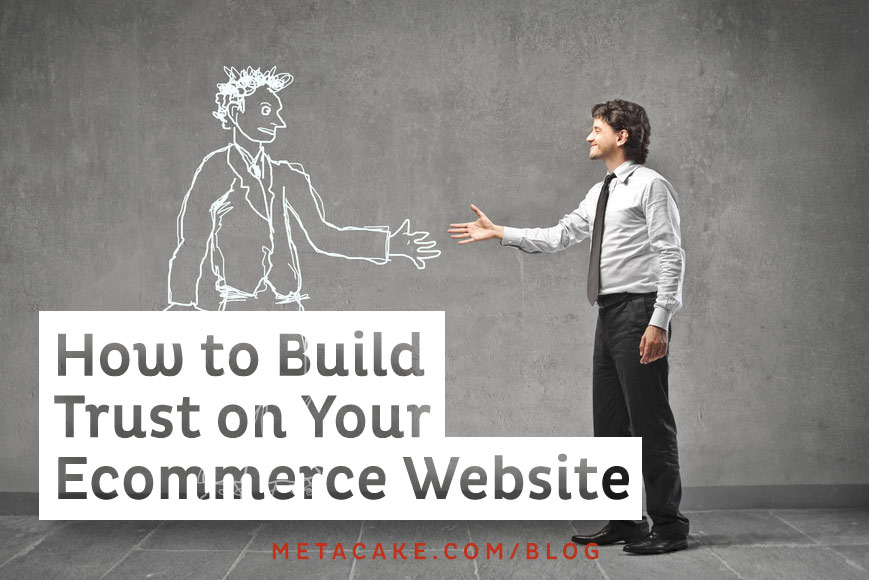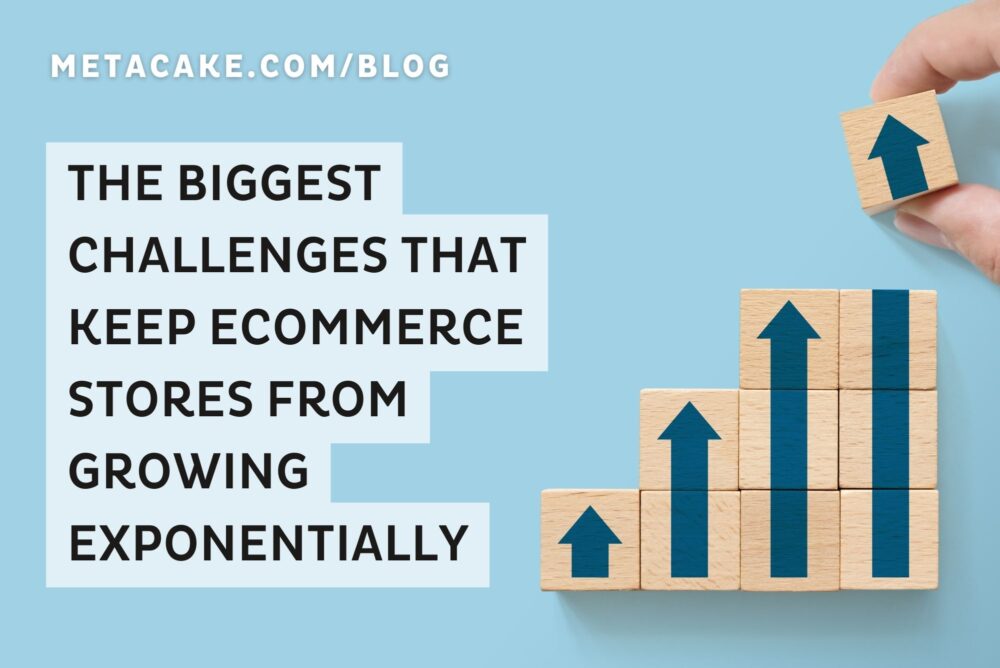
How to Build Trust on Your Ecommerce Website
When you walk into a brick-and-mortar store, what ultimately convinces you to give them your money? What tells you that the almond-sesame-green tea pomade is, in fact, the solution to all of your hair and skin problems?
Now, imagine what it would take to establish confidence, comfort, and trust if you couldn’t see the chic but approachable saleswoman with the perfect hair, or smell the amazing herbal fragrances of the product line, or hear their soothing mood music ask you take in their expertly designed and immaculately clean studio.
This experience is exactly what customers face when they visit a digital storefront – your ecommerce website. People shopping at your online store need to trust that the product they see is the product they’ll get. They need to trust that your company can securely process a payment and deliver the product without a hitch. And they need to trust that your company won’t disappear if something goes wrong.
That’s a lot of trust to earn, especially when you don’t have the luxury of face-to-face interaction. And it can only happen if certain trust elements shine through on your ecommerce website.
Trust Element 1: Current & Well-Executed Design
If you walked into a store and saw peeling wallpaper and shelves held together with duct tape, would you feel comfortable buying their cologne?
The same concept applies to your ecommerce website. A great ecommerce experience will make people feel the same way they do when they walk into a great brick-and-mortar store.
If someone is going to let you take money from their credit card online in exchange for a product, your site has to look professional, and it has to be current. It shouldn’t look like something Tom Hanks would have looked up on AOL in You’ve Got Mail, and that copyright year at the bottom of the page can’t be three years old.
Most importantly, your design should make people feel that the products and services they are receiving are of the top-shelf quality you are offering. Unprofessional, unappealing, poorly executed design is a credibility killer…and a trust killer. Don’t put your Veuve Cliquot in PBR packaging!
Trust Element 2: Smooth Experience
This may seem mind-numbingly basic, but a website has to work. No broken links. Simple navigation. Compatible with all major web browsers. Easy to view and use on any device. These steps are the equivalent of walking into that immaculate studio – it shows you take care of your storefront.
The design should reflect your brand attributes and personality, but that shouldn’t get in the way of the shopping experience. Get rid of the clutter and dust.
Products and product categories should be well-organized. Search and filter functionality should be easy to use. Shoppers shouldn’t have to jump through hoops to find what they want and it should be easy and enjoyable for shoppers to simply browse until they discover something new.
It should be easy to add something to the cart, and it should be obvious when something has been added to the cart. Little things like that tiny number above the cart is crucial.
And perhaps most importantly, having a seamless cart and checkout process is integral to providing an exceptional customer experience online. The worst thing you can do is frustrate a customer when they’re trying to buy a product they’ve chosen. That would be like your chic saleswoman taking care of your entire shopping experience, only to hand you off to the Soup Nazi.
Those little details make a huge difference when it comes to earning trust and making your online register ring.
Trust Element 3: Brand Proof
Use your online store to replicate an in-store experience as much as possible, whether or not you do own that sparkling studio space outside the digital world.
Tell your company’s story. Explain how you got started in this business. Let them know why you are so passionate about tea tree extracts, and how your blend is different from the rest of the market. Don’t assume it’s boring – customers will connect with your genuine passion and expertise!
Throughout your site, show proof that you stand behind your products. Offer solid warranties and guarantees, not flimsy, half-hearted promises loaded with loopholes and fine print. If needed, make sure things like SSL certificates are up to date and don’t throw warnings and errors.
By establishing brand proof, you’ll build a reputation as a solid company and earn people’s trust.
Trust Element 4: Social Proof
While brand-proof focuses on things you say about yourself, social proof focuses on things said about you by others. They validate your claims.
In other words, when customers confirm what you say, your claims become facts in the eyes of your audience.
Social proof must be transparent and authentic.
Make sure testimonials come from real customers. Photos and videos have a lot more impact than anonymously written testimonials that seem overly scripted.
If you’re going to use customer reviews, you have to share the good and the bad. If someone sees nothing but five-star reviews, they’ll probably wonder what you’re hiding.
Nobody is perfect, and every company has customers who love to complain about the smallest things. Tell the whole story.
This will make or break you. Don’t fake it, and address unhappy feedback head on.
Also, use social sharing functionality to enable customers to tell their friends and family what they like. This not only helps to build trust, but it can get positive word-of-mouth going and give sales a boost.
Build trust by putting the customer first. Focus on their needs and their experience. From trust will come sales and loyalty.


